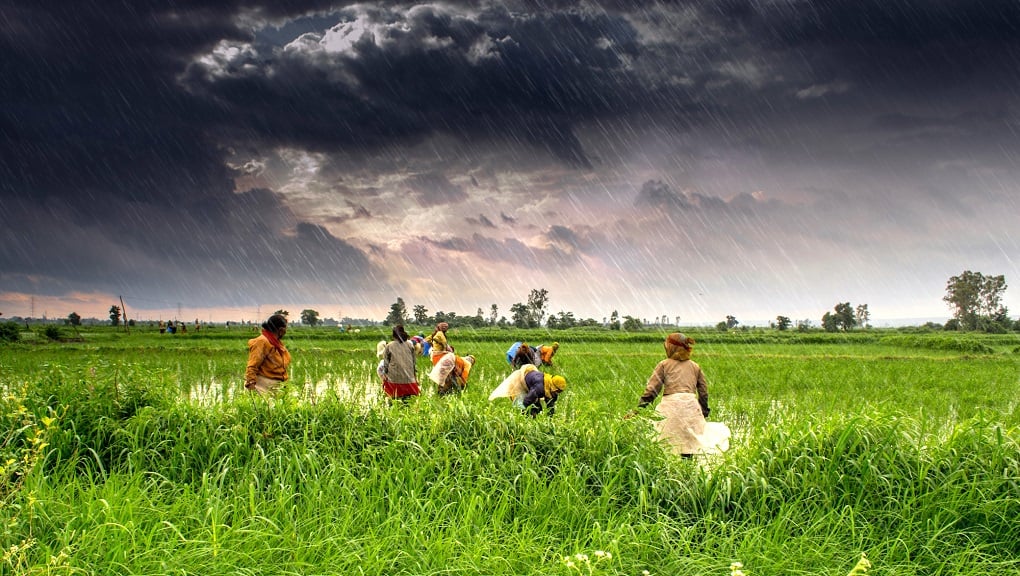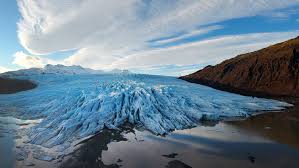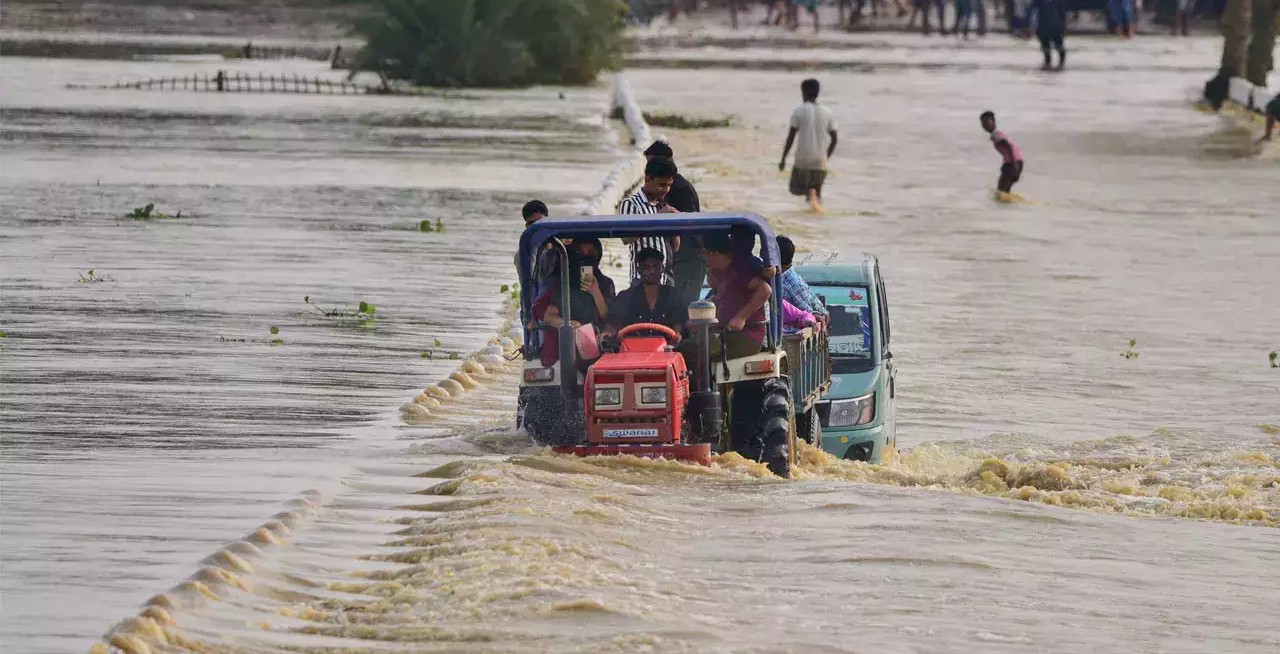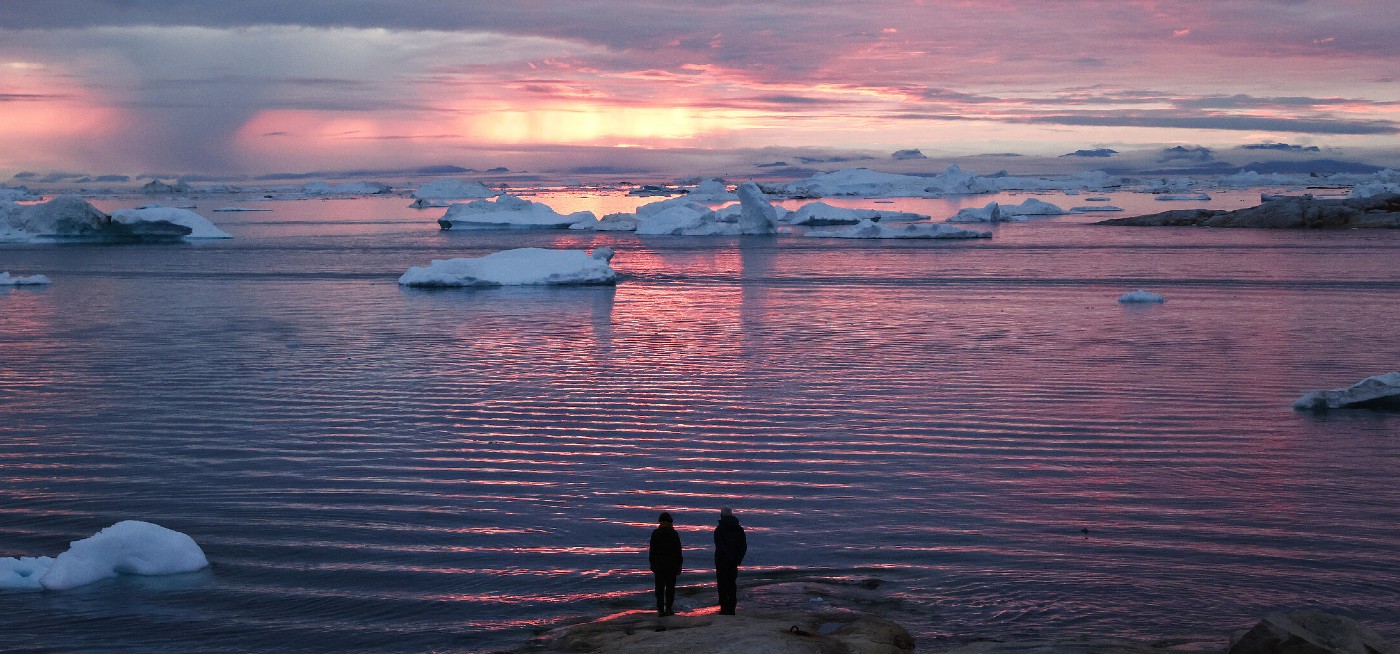Act Now Or It Is Too Late: IPCC Synthesis Report Gives Final warning on Climate Crisis
The report said exceeding 1.5°C warming limit would lead to irreversible impacts for glaciers, extreme heat stress in tropics, which will impact those who have been least responsible for global warming.
By Editorial Team / Mar 22, 2023

Image Credit: The Third Pole
World’s leading climate scientists who are part of The Intergovernmental Panel on Climate Change (IPCC), released the synthesis report giving a “final warning” on the climate crisis, as rising greenhouse gas emissions push the world to the brink of irrevocable damage that only swift and drastic action can avert. The report said exceeding 1.5°C warming limit would lead to irreversible impacts for glaciers, extreme heat stress in tropics, which will impact those who have been least responsible for global warming. India’s environment minister Bhupendra Yadav said the report for policymakers endorses India’s call for equity and climate justice.
Hundreds of scientists took eight years to compile thousands of pages, but boiled down to one message: act now, or it will be too late, the Guardian reported. The UN secretary general, António Guterres, said: “This report is a clarion call to massively fast-track climate efforts by every country and every sector and on every timeframe. Our world needs climate action on all fronts: everything, everywhere, all at once.”
The fourth and final installment of the sixth assessment report (AR6) by the IPCC, the body of the world’s leading climate scientists, is the synthesis report, so called because it draws together the key findings of the preceding three main sections. Together, they make a comprehensive review of global knowledge of the climate. The next IPCC report won’t be released until about 2030. That means AR6 is effectively the last IPCC report while it is still feasible—only just—to stay within 1.5°C.
2015-2020: Deforestation in India second-highest in the world, says new study
Between 2015 and 2020, India lost the second-largest number of forests in the world, according to a new study, reported DTE. India lost 668,400 ha between 2015 and 2020, compared to 384,000 ha of forests between 1990 and 2000. With a difference of 284,400 ha in forestry loss between 1990 and 2020, India has seen the biggest increase in deforestation, the document read.
“As the country with the second-largest population in the world, India has had to compensate for the increase in residents—this has come at a cost in the way of deforestation,” it added. Brazil, which ranked first with 1,695,700 ha of deforestation between 2015 and 2020, mostly lost the forests due to climate change. However, this is much lower than the 4,254,800 ha it lost between 1990 and 2000.
Palm oil cultivation in Indonesia led to the destruction of 650,000 ha of forests, making it the third-highest loss in the world, right behind India. Cattle rearing was the leading cause of global deforestation (2,105,753 ha annually) followed by the cultivation of oil seeds (950,609 ha) and logging (678,744 ha annually). While Brazil reduced deforestation by 2,559,100 ha from 2015 to 2020 and Indonesia by 1,876,000 ha for the same period, India’s figures have only increased significantly, the report stated.
India witnesses rise in forest fires; govt to develop more effective early warning heat system
According to the satellite-based forest fire monitoring by Forest Survey of India (FSI), around 42,799 forest fires have been detected between March 1 and March 12. This shows a 115% increase in forest fires in the first 12 days of March, the Hindustan Times reported. According to the IMD, the average maximum temperature in February was the highest in recorded history at 29.66C. Also to mitigate the effects of heat stress, the central government is developing an early warning system for heatwaves that will notify people at specific places at least five days in advance.
Concerns rising over increasing glacial melt in Indus river basin
A new study published in the peer-reviewed journal Current Science hfound that increased glacial melt in the Indus river basin due to global warming is likely to raise strategic concerns over water distribution in the region. The Indus River basin covering an area of approximately 1 million km is a transboundary region with multiple stakeholders – India, Pakistan, China and Afghanistan – being dependent for their water security. India and Pakistan share an Indus water treaty (1960) for equitable distribution. However, there might be a need for relooking into some of the water-sharing practices in the basin as spatial variability in stored water and mass loss would affect the stakeholders differently. Except for the Upper Indus basin, all other sub-basins show a substantial rate of glacier mass loss which can affect future water availability.
Tropical Cyclone Freddy looks likely to set a new record
Tropical cyclone Freddy is likely to be the longest lasting tropical cyclone to have ever been observed. Spanning over 36 days, the cyclone travelled more than 8,000 km and crossed the entire South Indian Ocean before . The Australian Bureau of Meteorology, which acts as a WMO regional centre, named Freddy on February 6 a few hundred kilometres off the northwest coast of Australia. It first made landfall in Madagascar on February 21 and in Southern Mozambique on February 24. It tracked over Mozambique and Zimbabwe for several days, bringing heavy rains and flooding. It then looped back towards the Mozambique Channel and picked up energy from the warm waters and moved towards the southwestern coast of Madagascar and then back towards the province of Zambezia in Mozambique on March 11. The final act of the tropical cyclone has seen intense rains and flooding in Mozambique and Malawi which have left at least 522 people dead and millions more affected. Every year the oceans have been taking the brunt of the impacts of human-made global warming. It is known that warming due to greenhouse gases is absorbed by the oceans, increasing their heat content, thereby, helping strengthen cyclones. Over its lifetime, Freddy saw an astonishing seven rounds of rapid intensification, also a world record.
Severe drought in Argentina threatening agriculture and economy
The ongoing drought in Argentina is deepening the economic crisis, heightening default fears and putting at risk targets agreed upon with the International Monetary Fund (IMF). The country is battling 99% inflation where farmers are facing losses of $14 billion and 50 million tonnes less of grain output across soy, corn and wheat. The soy forecast is already at the lowest since the 1999/2000 season and the expected yield is the worst since 1996/97. If no rain comes, soy and corn forecasts could fall even further. The drought has been exacerbated by high temperatures linked to climate change and goes back in some areas to May 2022.
Record amount of CO2 released in boreal forests wildfires
Carbon dioxide emissions from wildfires in the Boreal forests of Russia and Canada peaked drastically in 2021 to a record high of 1.76 billion tons. According to an international team of researchers led by Earth system scientists at the University of California, Irvine, the emission is 150% higher than annual mean CO2 emissions between 2000 and 2020. It is two decades of rapid warming and extreme drought in Northern Canada and Siberia. It is believed that if this scale of emissions from unmanaged lands becomes a new normal, stabilizing climate will be even more challenging. Boreal forests are high-latitude forests spanning Canada and Russia and make up around a quarter of the world’s forests and store large amounts of carbon in their trees and soil.
Methane super-emitters risk triggering climate tipping points
Recent data has revealed that more than 1,000 human-caused “methane super-emitter events” were detected in 2022, mostly from oil and gas facilities. The sites which were detected with the help of satellite data found the US, Russia and Turkmenistan responsible for the largest number of leaks from fossil fuel facilities. The biggest one was a major pipeline leak of 427 tonnes an hour in August last year, near Turkmenistan’s Caspian coast – equivalent to the rate of emissions from 67m cars, or the hourly national emissions of France. Future methane emissions from fossil fuel sites – the methane bombs – are also forecast to be huge, threatening the entire global “carbon budget” limit required to keep heating below 1.5C. Methane emissions cause 25% of global heating today and there has been a surge since 2007.
The article was first published in CarbonCopy.
Global Warming in IndiaCyclone Freddy Forest FiresMelting GlaciersClimate Change

